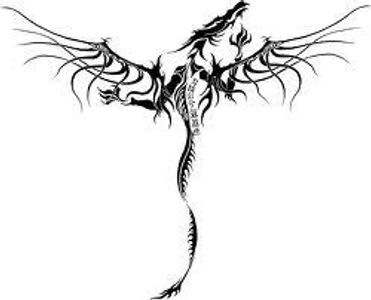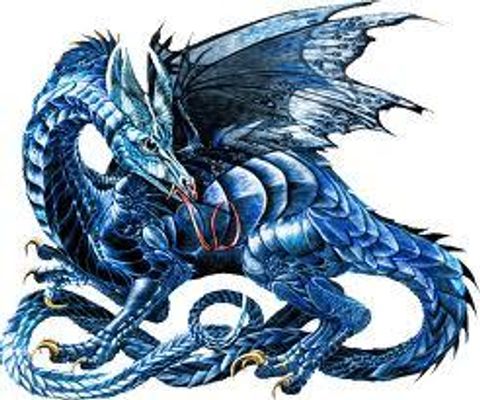Dragons:chapter 3

The Dragon can be classified as a reptile. However, it is a homoiothermic creature. Meaning it is a warm-blooded creature, internally controlling his body temperature. This, of course, allows him to live in any environment he chooses. As mentioned above, most dragons do have wings and hollow bones for lightness. But some of the more ancient dragons, usually found in the eastern part of the world (China, Asia), have stubby legs and no wings. In fact the only thing separating these dragons from large predatory lizards are the predominant crests and bird-like claws they posses. All dragons are covered with armor-like scales that have a translucent horny surface. This gives the dragons the iridescent hue to their bodies. The Earth dragon does not have scales on his neck or belly and many times covers the exposed area with jewels for protection (and vanity some might say). The skeleton of the dragon is very resemblant of that of a common horse. The main differences appear in the skull, which often has horns and sharp teeth, the tail and claws rather than hooves, of course, and in the shoulder blade. A dragon's shoulder blade is highly developed to accomodate for both the front arm or leg and the wing structure. It is also relatively large compared to other animals because it must support the large muscle mass for the wings.
As mentioned before, not all dragons are of the stereotypical winged variety. Many variations do occur as the dragons stay in a particular environment for many generations. Some water dragons for instance, do not have wings, instead they may have large winglike fins or nothing at all and appear as a crested serpent. These "Sea Serpents" were very common in the days of the vikings. The well known viking ships which sported the dragon shaped masthead were carved in this manner in an attempt to scare off the sea serpents. This very rarely worked because dragons are much too intelligent to fall to such simple trickery. But it made the vikings feel better! Other strange variations of dragons have been spotted, such as the multi-headed Hydra. This variation is believed to be a result of inbreeding defects rather than evolution.
Join Qfeast to read the entire story!
Sign In. It is absolutely free!


